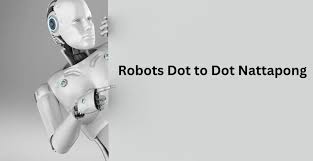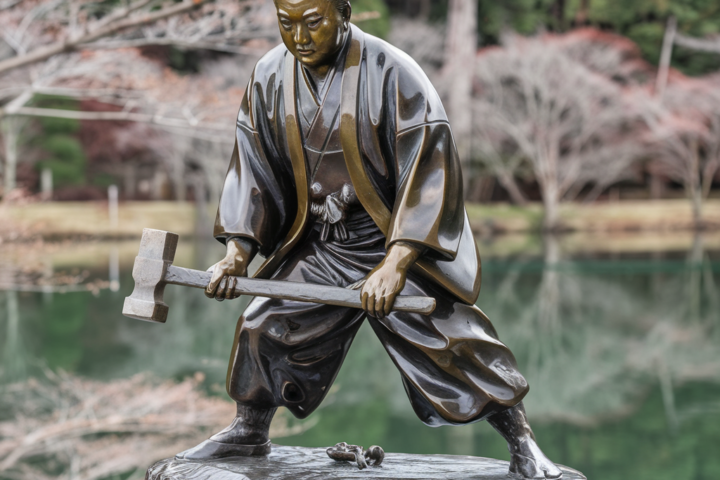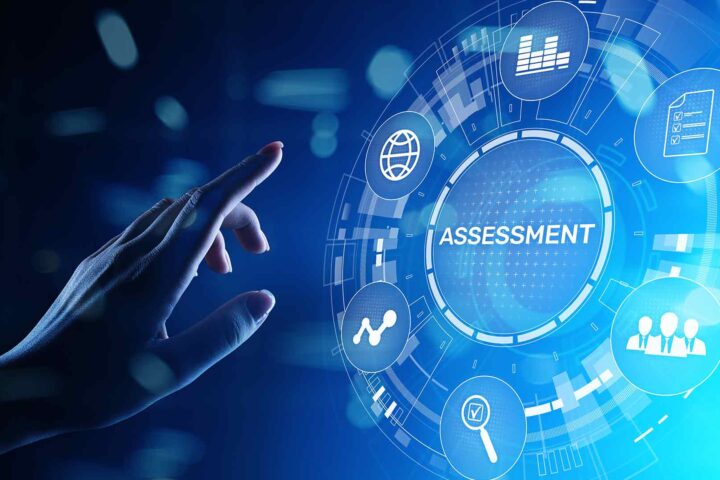Introduction to Robots Dot to Dot Nattapong
The world of creativity and robotics has seen a remarkable fusion in recent years, especially in the realm of dot-to-dot puzzles. One such innovation that has captured attention is Robots Dot to Dot Nattapong. This exciting and intriguing project brings together technology and art in a unique way, allowing individuals to engage in the time-honored tradition of dot-to-dot puzzles, but with a robotic twist.
In this article, we will delve into what Robots Dot to Dot Nattapong is all about, its impact on both the puzzle and robotics communities, and how it has brought a fresh perspective to an age-old activity. By the end, you will have a comprehensive understanding of Robots Dot to Dot Nattapong, its features, benefits, and the creative possibilities it offers.
Table of Contents
What Is Robots Dot to Dot Nattapong?
At its core, Robots Dot to Dot Nattapong is a concept that merges robotics with the art of dot-to-dot puzzles. The traditional dot-to-dot activity involves connecting numbered dots to form a picture. While this is often done manually with a pencil, Robots Dot to Dot Nattapong introduces robotics into the equation, making it a more interactive and high-tech experience. The robot takes on the task of connecting the dots, offering a hands-on approach to this traditional pastime.
Unlike other robotic systems designed for technical applications, Robots Dot to Dot Nattapong is designed to emphasize creativity and fun. The robots involved are programmed to follow the numbered sequence of dots, drawing images based on the instructions provided by the puzzle. These robots can be customized to draw various patterns and images, making each interaction with Robots Dot to Dot Nattapong a unique experience.

How Does Robots Dot to Dot Nattapong Work?
The working principle behind Robots Dot to Dot Nattapong involves a combination of simple robotics and advanced programming. Typically, the robot is equipped with a pen or stylus that allows it to draw on a piece of paper or digital surface. The user sets up a puzzle, and the robot uses its internal programming to navigate from one dot to the next, completing the picture in a smooth and calculated manner.
The core technology behind Robots Dot to Dot Nattapong involves sensors and motors that enable the robot to move along a predefined path. As the robot progresses from one dot to another, it creates the lines that connect the dots, forming an image. Some versions of Robots Dot to Dot Nattapong even come with artificial intelligence that can adapt to different puzzle types, making the system versatile and capable of handling various artistic challenges.
The Educational Value of Robots Dot to Dot Nattapong
One of the key benefits of Robots Dot to Dot Nattapong is its educational value. The dot-to-dot puzzles themselves promote cognitive development, as they require the solver to recognize patterns, develop motor skills, and understand sequencing. By introducing a robot into this mix, the experience becomes even more enriching.
Children and adults alike can learn about basic robotics, engineering, and programming while engaging with Robots Dot to Dot Nattapong. As users observe the robot’s movements and understand the process of completing a puzzle, they gain insights into how robots interact with their environment. This type of hands-on learning can inspire creativity, problem-solving, and a deeper interest in science, technology, engineering, and mathematics (STEM).
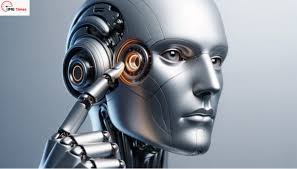
The Fun Factor: Why Robots Dot to Dot Nattapong Is So Engaging
The fusion of art and robotics in Robots Dot to Dot Nattapong results in a highly engaging activity. The fun factor comes from the novelty of watching a robot do something that is traditionally done by hand. The added element of technology enhances the experience, offering a fresh twist on a nostalgic activity.
Moreover, Robots Dot to Dot Nattapong can be enjoyed by people of all ages. Whether you’re a child learning about robotics for the first time or an adult interested in exploring new forms of creativity, the robot’s ability to connect the dots and create intricate drawings adds an element of excitement. For many, watching the robot complete a picture provides a sense of satisfaction and awe, as it merges art with technology in a seamless and entertaining way.
The Creative Possibilities with Robots Dot to Dot Nattapong
Robots Dot to Dot Nattapong opens up a world of creative possibilities. While traditional dot-to-dot puzzles are often limited to a set number of images or designs, the use of a robot allows for endless customization. Users can create their own dot-to-dot puzzles, adjusting the number of dots, the complexity of the image, and even the style of drawing.
This flexibility allows artists and hobbyists to experiment with different types of art and design. For instance, one could create intricate geometric patterns, stylized portraits, or even abstract art by simply adjusting the arrangement of dots and letting the robot do the rest. The integration of Robots Dot to Dot Nattapong into the creative process transforms the way people interact with art, making it more dynamic and technologically advanced.
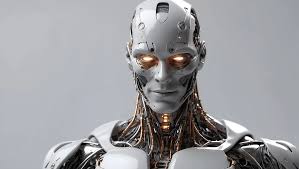
The Role of Artificial Intelligence in Robots Dot to Dot Nattapong
Some versions of Robots Dot to Dot Nattapong integrate artificial intelligence (AI) to enhance the functionality of the robot. AI algorithms allow the robot to recognize patterns, adapt to different puzzle types, and make adjustments as needed to improve the accuracy of its drawing. This level of sophistication makes Robots Dot to Dot Nattapong not only a fun and educational experience but also a glimpse into the future of intelligent robots.
For example, the AI could analyze the user’s drawing style and suggest improvements or offer recommendations for new puzzle designs. This creates a feedback loop that helps users refine their skills, whether they are creating dot-to-dot puzzles for the robot to solve or learning how to improve their own artistic abilities.
The Future of Robots Dot to Dot Nattapong: Innovations on the Horizon
As technology continues to advance, the future of Robots Dot to Dot Nattapong looks promising. The field of robotics is rapidly evolving, and we can expect even more sophisticated robots capable of performing complex tasks related to dot-to-dot puzzles. Future iterations of Robots Dot to Dot Nattapong might include features such as 3D drawing, the ability to interact with digital touchscreens, or even the use of virtual reality (VR) to create immersive puzzle experiences.
Additionally, as AI continues to improve, Robots Dot to Dot Nattapong robots may become even more autonomous, with the ability to solve puzzles without human input. Users could simply upload a digital puzzle, and the robot would complete the image with minimal supervision. Such innovations could revolutionize the way we think about puzzles and the intersection of robotics and creativity.
Also Read: EworldExternal.com: Your Ultimate Destination for Top-Quality Electronics
Conclusion: The Impact of Robots Dot to Dot Nattapong
In conclusion, Robots Dot to Dot Nattapong represents a fascinating blend of art, robotics, and creativity. It has redefined the traditional dot-to-dot puzzle, transforming it from a simple pastime into an interactive and educational experience. The involvement of robots in the process introduces users to new technology, encourages problem-solving, and fosters creativity in a way that traditional methods cannot match.
As we move forward, Robots Dot to Dot Nattapong has the potential to inspire future generations of creators, engineers, and artists. It serves as a powerful reminder of how technology can enhance our everyday lives and open new avenues for learning and expression. Whether you are a tech enthusiast, an art lover, or someone looking for a new and exciting challenge, Robots Dot to Dot Nattapong offers something for everyone.
In the end, Robots Dot to Dot Nattapong is more than just a fun activity—it’s an opportunity to engage with technology in a creative and meaningful way. It provides a unique glimpse into how robotics can be used to enhance human creativity, and with future innovations on the horizon, it promises to be an exciting and transformative experience for years to come.

